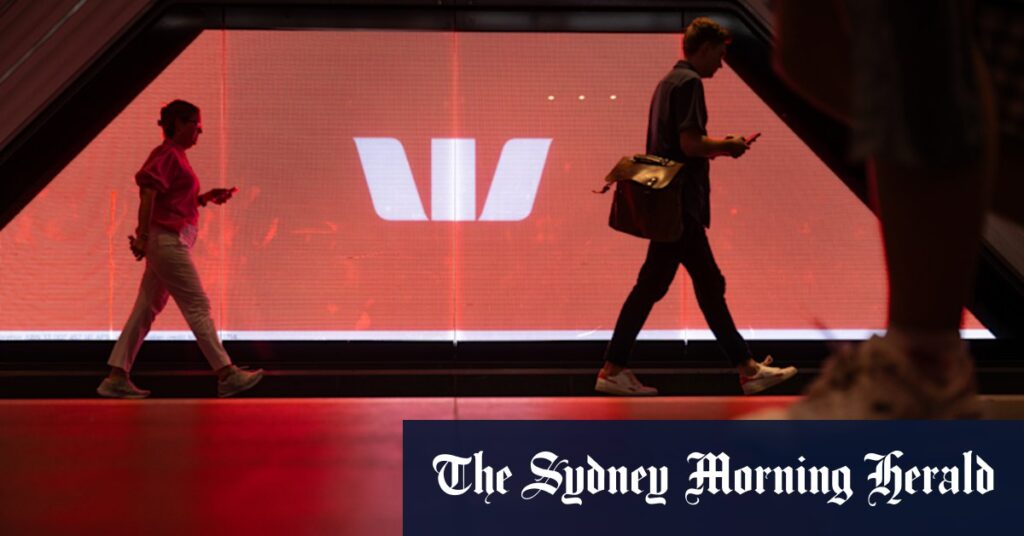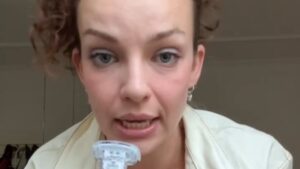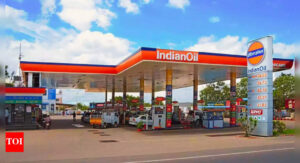
Westpac Banking Corporation has announced a robust full-year profit of $6.9 billion, driven by widened margins in the latter half of the year and a reduction in bad debt charges. The announcement on Monday also revealed the sale of its RAMS home loan business, which holds $21.4 billion in mortgages, to a consortium that includes non-bank lender Pepper Money, private equity firm KKR, and asset manager PIMCO. The financial details of the transaction remain undisclosed.
The decision to sell RAMS follows Westpac’s closure of the business to new customers last year, amid legal challenges from the Australian Securities and Investments Commission (ASIC). As Australia’s second-largest mortgage lender, Westpac reported a slight 1% decline in net profit after tax for the year ending September, while increasing its final dividend by 1 cent to 77 cents per share.
Financial Performance and Strategic Moves
Westpac’s financial performance was bolstered by a 7% growth in deposits and a 6% increase in total loans. Notably, business lending surged by 15% as the bank intensified its efforts to cater to small and medium enterprises (SMEs), a sector experiencing fierce competition among lenders. The bank’s net interest margins improved by 3 basis points in the September half compared to the same period last year.
Chief Executive Anthony Miller, who took the helm last December, commented on the economic landscape, noting that the fall in interest rates over the past year has spurred a “modest” recovery in demand. However, he cautioned that the Reserve Bank of Australia (RBA) faces a delicate task in balancing rising unemployment and inflation.
“Australia remains well positioned in light of ongoing global disruption and economic uncertainty,” Miller stated. “The majority of our customers have welcomed interest rate relief over the past year, and this is helping fuel a modest recovery in private demand. For businesses, we’ve seen improving conditions but continue to observe challenges for small businesses across materials, labour, and energy costs.”
Impact of Economic Conditions
Westpac’s low bad debt charges, which fell to 5 basis points of its average loans from 7 basis points, reflect easing cost-of-living pressures. This trend is indicative of broader economic conditions that have seen some relief in consumer financial stress, despite ongoing challenges.
The bank is also undergoing a significant technological transformation aimed at cost reduction and improved returns. Miller emphasized the importance of this initiative, stating, “We remain focused on reducing our cost to income ratio over time.”
Future Outlook and Strategic Priorities
Looking ahead, Westpac is poised to continue its focus on technological advancements and cost management as it navigates a complex economic environment. The bank’s workforce, comprising 35,263 full-time equivalent staff, remains largely unchanged from the previous year, according to its annual report.
The sale of the RAMS business marks a strategic shift for Westpac, as it seeks to streamline operations and focus on core banking activities. This move aligns with the broader trend among financial institutions to divest non-core assets and concentrate on areas with the highest growth potential.
As Westpac moves forward, the bank’s ability to adapt to changing market conditions and regulatory landscapes will be crucial. The ongoing technology overhaul and commitment to cost efficiency are expected to play pivotal roles in shaping its future trajectory.
More updates are anticipated as Westpac continues to refine its strategic direction in response to evolving economic and industry dynamics.







